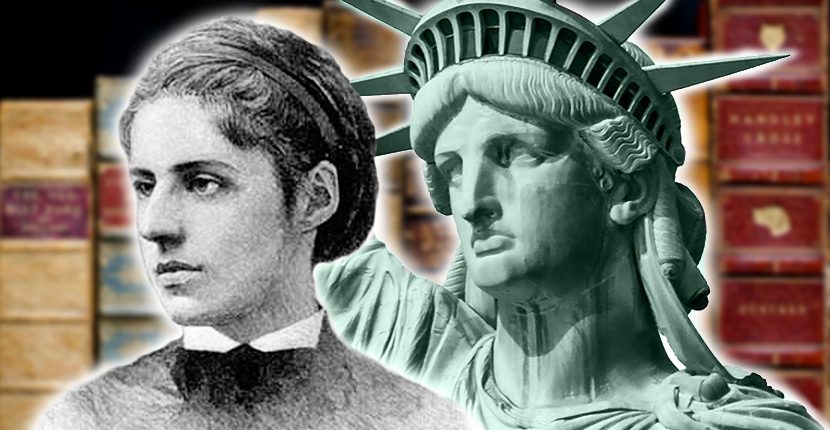The image of the Statue of Liberty is famous across the world. However the inscription that accompanies her is less well-known.
A sonnet titled ‘The New Colossus’ can be seen on a plaque at the Statue of Liberty’s pedestal. The writer of the poem was Emma Lazarus, a poet whose life was shaped by both privilege and prejudice. Her experiences and the words they gave rise to are seen as an embodiment of American values.
She was born in Union Square New York, 1849. Her background was Sephardic Jewish, though her branch of the family had fallen out of step with tradition. The Jewish Women’s Archive writes that “her immediate family was ‘outlawed’ among the extended Lazarus clan because it was no longer religiously observant. Moses Lazarus, Emma’s father, sought to secure a place for his family among the Christian elite.”
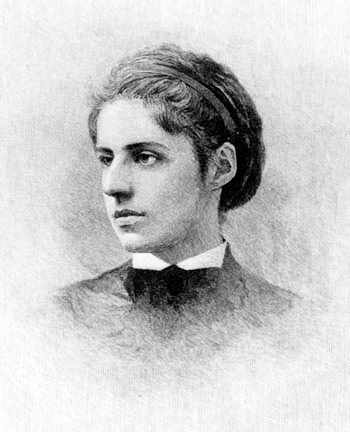
Moses was a successful merchant who worked in the sugar business. He went down in history as the co-founder of the legendary Knickerbocker Club. But Emma’s lineage was generally impressive. Descended from the original Jewish settlers of New Amsterdam, her great grandfather (on her mother’s side) had the distinction of being the first Jewish leader born on American soil.
Emma developed a striking talent for the written word, and by 17 self-published her first literary collection. She then received mentoring from prominent essayist Ralph Waldo Emerson, to whom she’d mailed the volume. Her rise to prominence wasn’t a smooth journey, with Emma often encountering anti-Semitic attitudes from her peers.
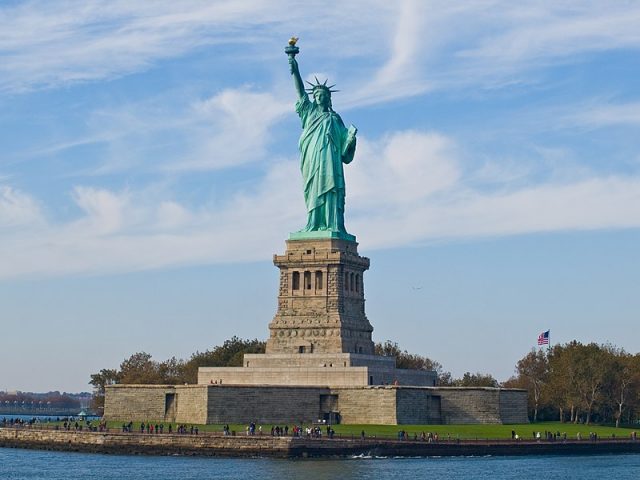
“As a Jewish American woman, Emma Lazarus faced the challenge of belonging to two often conflicting worlds,” the Archive remarks. “As a woman she dealt with unequal treatment in both. The difficult experiences lent power and depth to her work.”
She strayed somewhat from her religious roots, however something happened that dramatically reconnected her with her heritage – the purge of Jewish people in Russia and Eastern Europe during the late 19th century. She not only wrote the piece titled “1492” in response, but helped refugees arriving in America.
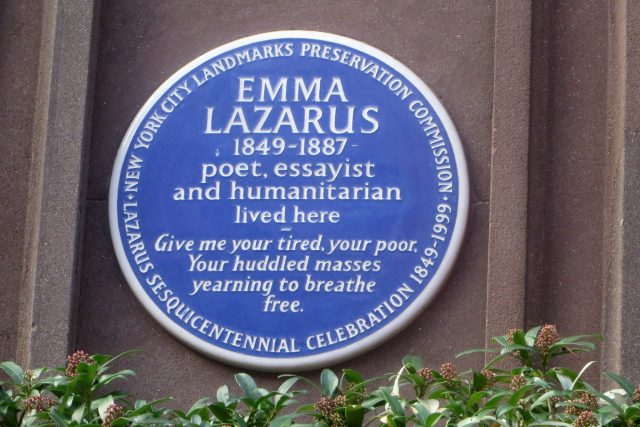
The Joseph Seligman case also saw her coming face to face with ugly prejudice. Seligman was a German-Jewish banker who’d been turned away from a New York hotel. The management presented it as a simple business decision based on a pre-existing business rivalry with Seligman, but the anti-Semitic nature of the refusal was soon exposed.
Emma made sizeable contributions to the fight against anti-Semitism, with poems, articles and activism.
When she received an offer to write a piece in order to raise funds for a significant new urban development, she initially said no. The Statue of Liberty was gifted to the USA from France, but only providing America coughed up half the cost. Emma didn’t like the idea of writing to order, but agreed to provide a contribution for auction.
That piece was “The New Colossus”, which derived its title from the Greek Colossus of Rhodes. Reportedly she penned it as a response to that enduring male symbol of ancient Greece. The Colossus of Rhodes was a giant statue of the sun god Helios, erected at the end of the 3rd century BC, standing at the seaside entrance to the ancient city and island of Rhodes. The images of the statue handed down to us bear a striking resemblance to the Statue of Liberty. It was later destroyed in the 7th century AD and listed as one of the 7 Wonders of the ancient world.
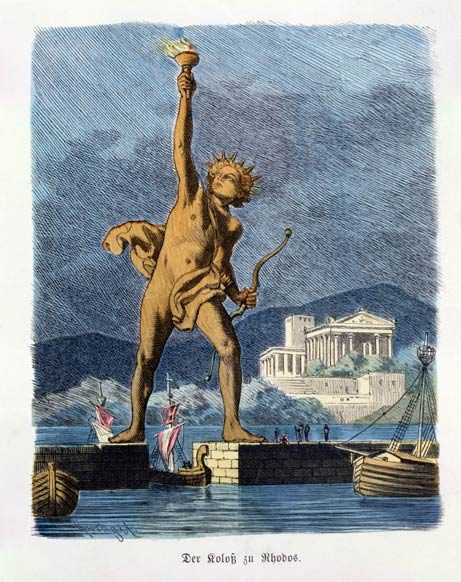
Even those unfamiliar with the work will surely know extracts from the sonnet’s powerful composition:
“Keep, ancient lands, your storied pomp!” cries she
With silent lips. “Give me your tired, your poor,
Your huddled masses yearning to breathe free,
The wretched refuse of your teeming shore.
Send these, the homeless, tempest-tost to me,
I lift my lamp beside the golden door!”
The full text can be seen below:
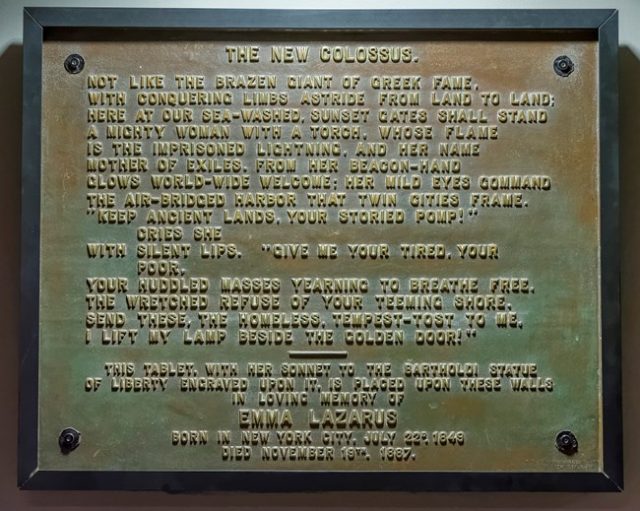
It was a welcome for the dispossessed of the world, reassuring them that they would always have a place in America. With Emma’s help, the Lady Liberty fund raised $100,000. Sadly she passed away not long after the Statue was constructed. It’s believed Hodgkin’s lymphoma was the cause.
Over a decade later in 1903, the plaque was added to Lady Liberty’s pedestal. This was done to celebrate Emma’s life and ensure her story wouldn’t be overshadowed by that of this classic American symbol.
Related Article: The Amazing Construction of the Statue of Liberty in Photos
Irving Berlin went on to write a song based on the poem called “Give Me Your Tired, Your Poor”. A 2019 Washington Post article aptly observed “the melody put to the Lazarus words we sang was composed by a Russian immigrant who arrived in New York Harbor at the age of 5, with seven brothers and sisters.”
